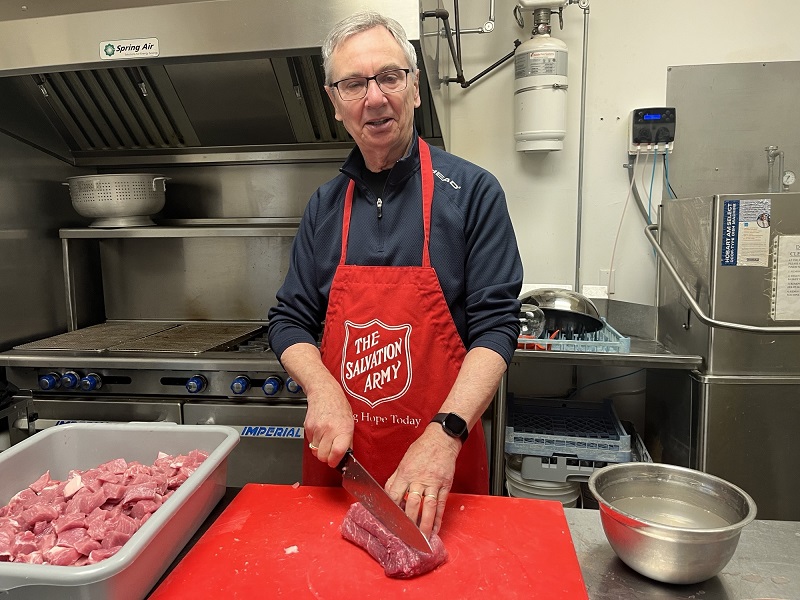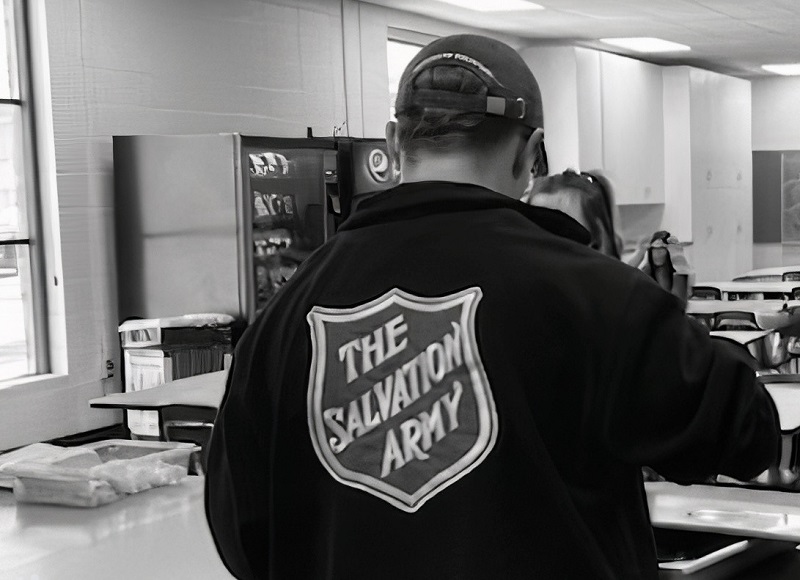The Salvation Army in Saskatoon Provides Students with a Healthy Breakfast

Breakfast is the most important meal of the day. It replenishes your body and gives you an energy boost after waking up. While the importance of breakfast is well known, many people don’t always get a chance to have it every day due to limited time or resources.
“We are letting them know that we care that they’re valued, and that we want to see them succeed.”
With early starts in high schools, secondary school students are among the group that doesn’t always get to enjoy a healthy meal in the morning. To address this, The Salvation Army in Saskatoon has developed the Breakfast Program.
“Breakfast has always been the most important meal of the day. We want to provide that for students so that we are setting them up right from the start of the day for success,” said Lt Angela Kerr, who leads this initiative.
The program runs throughout the school year, four days a week. The way it works is a Salvation Army truck arrives at different high schools each morning. Thanks to announcements made by the schools, students know when the truck is coming so they are ready to go outside and receive their meal. The program is open to any student, with no restrictions. All the meals are prepared at the Saskatoon Temple/church. On average, over 30 students are fed at each stop.
As food prices continue to rise, Lt Kerr says that more schools are trying to implement the breakfast program as part of their routine.
“A lot of the schools recognize that students are struggling. The food insecurity is huge.”
For students, the truck is a welcomed sight. After all, a good meal can raise anyone’s mood.
Jordyn, who is a student at one of the participating high schools, believes the breakfast program is a great option for students and she is grateful for having access to it. She also enjoys the breakfast sandwiches very much.
Frequently visiting the high schools, also allows the Army’s staff to build connections with students and learn more about their needs.
“Apart from just giving them breakfasts, we are referring them to different programs, or we are identifying a need that exists within that school community.”
“Apart from just giving them breakfasts, we are referring them to different programs, or we are identifying a need that exists within that school community,” Lt Kerr added.
Currently, there are plans to expand the program to more schools. However, Lt Kerr wants to make sure they find a way to still be able to build the student connection even when making more stops each morning.
There are also plans to visit schools during the first break, which tends to be a bit later in the morning. This way more students are present to get their breakfast. This innovation is currently being piloted at one of the high schools they serve.
For Lt Kerr, being able to provide this program is a great way to show students that they are cared for.
“This is a way that we can help to support the students in our community by providing healthy snacks that they can access through their schools. This way we are letting them know that we care that they’re valued, and that we want to see them succeed.”
By Juan Romero




